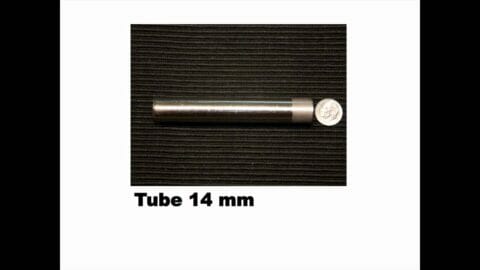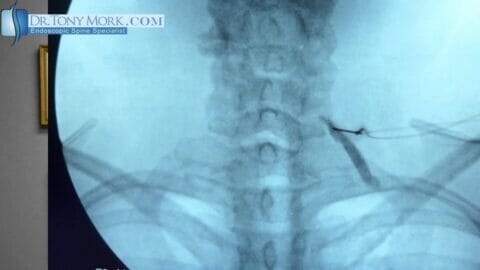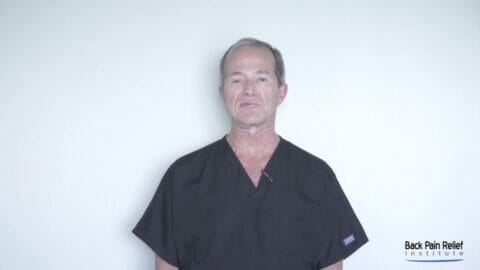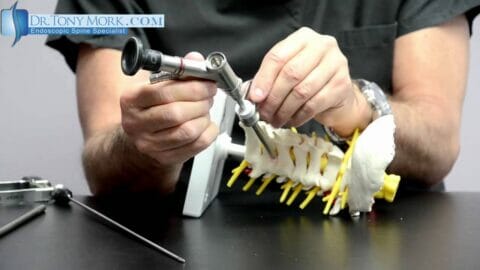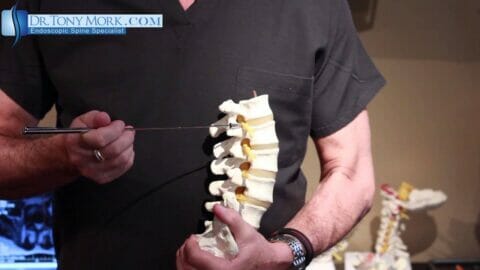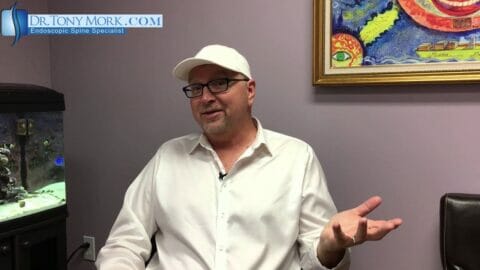If you have pain in the neck that radiates to the shoulder (usually the back or top of…
Category: Foraminal Stenosis
Cervical Foraminal Stenosis Treatments
There are many people with pain that radiates into the shoulder, arm or hand who get an MRI…
Cervical Foraminal Stenosis Diagnosis
How is Cervical Foraminal Stenosis Diagnosed? The diagnosis of cervical foraminal stenosis comes after the onset of symptoms,…
Lumbar Foraminal Stenosis Problems And Treatment Part 2
Hi, I am Dr. Tony Mork, author, speaker, endoscopic spine specialist. Today I am going to do part…
The Causes of Cervical Foraminal Stenosis
We have discussed the symptoms or things that you feel in your neck, shoulders, arms and hands when…
Lumbar Foraminal Stenosis Problems And Treatment Part 1
Hi, I am Dr. Tony Mork, author, speaker, inventor and endoscopic spine specialist. Today I would like to…
What You Need to Know About Foraminal Stenosis
The spine is made up of a long system of bone, ligaments, and vertebrae. Between each of the thirty-three vertebrae,…
Diagnosing Foraminal Stenosis
Deciding to See a Doctor You should make an appointment if you have persistent pain, numbness, or weakness…
Cervical Foraminal Stenosis, Lance B.
Patient Pain Relief Story from Lance B. I had suffered some sort of pinched nerve or wasn’t sure…
Foraminal Stenosis Spondylolisthesis L5-S1
https://drtonymork.com or call 1-949-640-6675. Ron More talks about his endoscopic treatment of foraminal stenosis with spondylolisthesis at L5-S1…
What Is Cervical Foraminal Stenosis?
People with this condition often experience neck pain that extends to shoulder or arm. In many cases, the…
Stenosis: Foraminal vs Central
What Are the Two Kinds of Spinal Stenosis? Stenosis is a general term that means, “narrowing”. There is…
Cervical Foraminal Stenosis
Severe Cervical Foraminal Stenosis There are many people with pain that radiates into the shoulder or arm who…
Foraminal Stenosis Symptoms and Causes
Foraminal Stenosis Symptoms Symptoms of cervical foraminal stenosis can include the following. If you have pain in the…
Cervical Foraminal Stenosis Treatments Guide
Do You Suffer From Cervical Foraminal Stenosis? If so, don’t waste anymore time. Get Our Exclusive FREE Guide…
